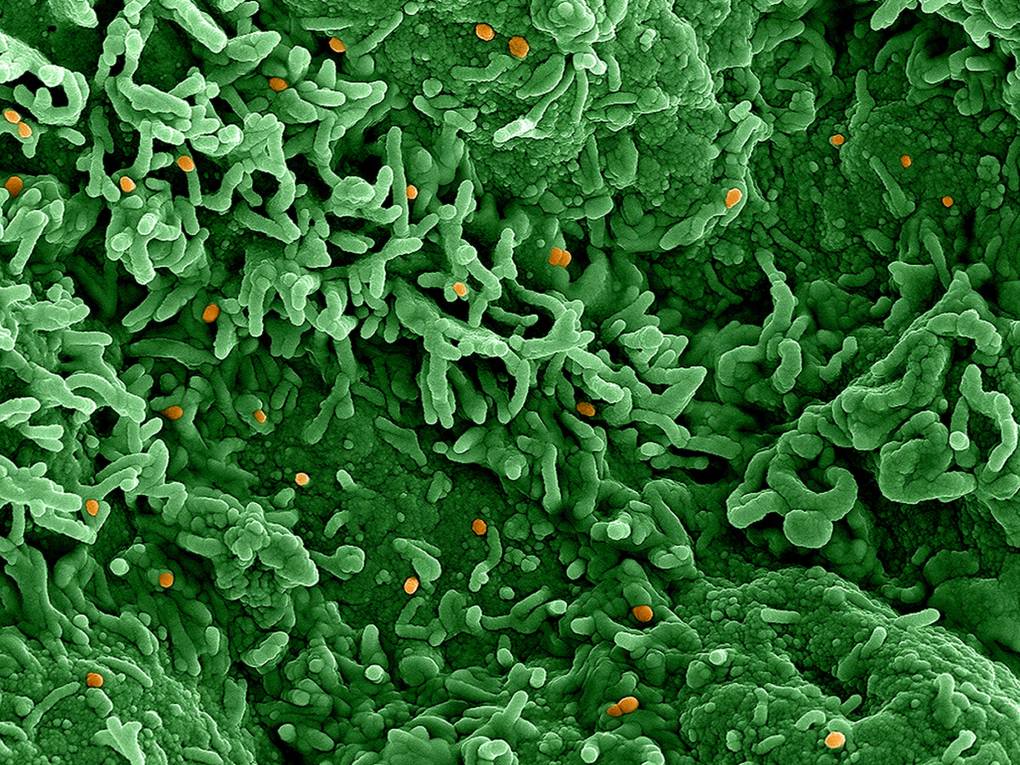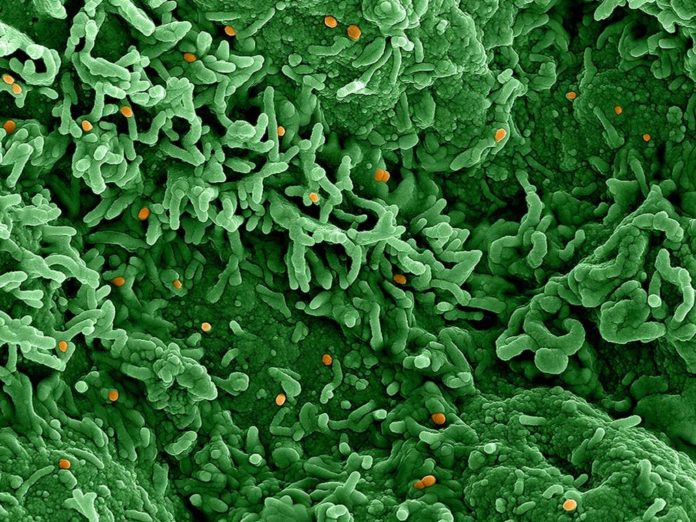
Some U.S. communities were sampling sewage before the pandemic to figure out what kinds of opioids residents were using. More recently, along with COVID and monkeypox, the technology has shown promise for monitoring flu and respiratory syncytial virus, or RSV. The federal Centers for Disease Control and Prevention is planning pilot studies to see whether sewage can reveal trends in antibiotic-resistant infections, foodborne illnesses and candida auris, a fungal infection.
Much of the wastewater testing that ramped up during the pandemic’s first year was done in concert with universities or county offices and reliant on funding provided through federal COVID relief legislation. On Bischel’s campus, those funds were combined with university donor money to put together a comprehensive testing and treatment program for the school and the city of Davis that included wastewater surveillance. The sewage testing is ongoing under a separate grant.
Currently, the CDC is reporting only COVID results on its national wastewater surveillance system, a reflection of the limited number of sewersheds that so far are testing for monkeypox.
The global spread of monkeypox was first detected in the United Kingdom in May and prompted conjecture that this virus, too, might shed into wastewater, either through feces or when an infected person with an open sore takes a shower. Sewersheds in areas with infected people might then “light up” with evidence of the disease — if the wastewater testing could pinpoint it.
“It did light up,” said Brad Pollock, who chairs public health sciences at UC Davis Health. “It acts as a warning system, and you don’t have to persuade people to take individual tests in order to use the information; it’s collected passively, so you get a more broad community look.”
A public health emergency
The virus is thought to be spreading primarily through intimate skin-to-skin contact and exposure to symptomatic lesions, although researchers are exploring other potential means of transmission. For now, the U.S. outbreak is concentrated largely in gay communities among men who have sex with men.








